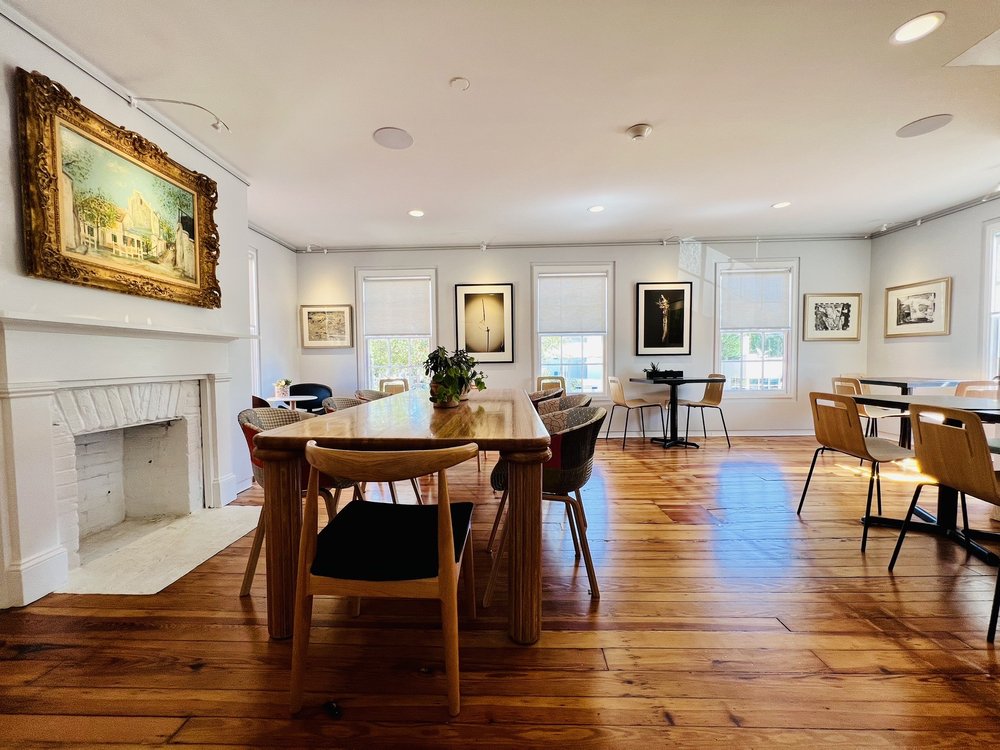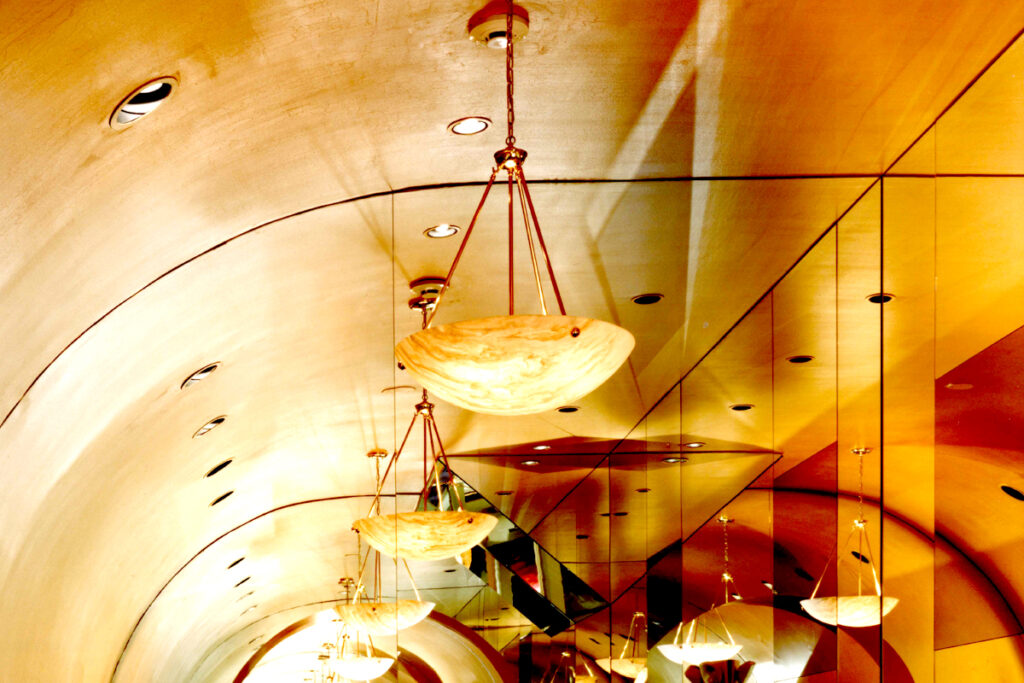Opening a Business in a Historic Building


Ever hear someone say “They just don’t make ‘em like that anymore” when talking about a new construction project? It’s true. The old-growth lumber, true plaster walls, cast-iron drainpipes, not to mention the superb craftsmanship. Think: raised paneling, fluted pilasters, and carved rosettes. For these reasons and more, many commercial business owners choose to buildout historic properties for their retail, restaurant, and lodging establishments.

Building, moving, or expanding your business is complex, and in a historic building, even more so. But it’s an exciting way to establish your company’s brand as being committed to a neighborhood, community, and history. Not to mention with that character and charm, it adds a certain vibe that you don’t get from modern construction.
Besides all that, reusing older buildings has an inherent sustainability component. There is a lot of energy consumed in producing building materials and shipping the materials to the site. By reusing existing structures, we greatly reduce the carbon footprint left by the construction industry.
In the Mid-Atlantic states, you don’t have to look too long before you find several suitable historic buildings for sale. However, opening a business in a historic building comes with a unique set of considerations that can make (or break) the project. As you do your homework and preplanning, here are five factors to consider.
The Historic Building Needs to Fit the Business
The first and most important factor before you purchase a historic property is to make sure the building is the right fit for your business. Maybe you found a beautiful old movie theater with loads of nostalgic charm in the perfect location for your restaurant. But what about the sloped floors? The low ceilings in the lobby? Are there historic regulations to follow? Is there enough parking? The modern requirements for commercial uses may be too far out of scope (and way out of budget) for that type of property.
Tip: Historic warehouses are excellent locations for many businesses because they have high ceilings and fewer interior walls, offering more design flexibility. Many live-work-play complexes have popped up in warehouses, factories and other large buildings.
Set Realistic Budget Expectations

When building out a historic property know this: unknowns aren’t known…but there are unknowns. It might sound like a tongue twister, but it is extremely important to understand that when you are dealing with older buildings, there are surprises hidden behind the walls that must be fixed.
Tip: Do the demolition early in the process to help uncover structural or other issues so you can address them sooner rather than later and include a contingency in the budget.
Hire an Architect Before a Contractor on Historic Projects
A historical architect will know a great range of solutions to code and construction problems with an old building. Some contractors may be less flexible because they only want to do what they have already done before. After all, there is less risk for them economically repeating past solutions. This is dangerous within the context of historic properties as some modern shortcuts are prohibited by government regulations. In conjunction with the architect, good contractors not only provide quality work but also helpful solutions. Work with the architect to find the right contractor.
Tip: When searching for a contractor, ask for references from their last three projects. Not any previous projects, such as from eight years ago, but the most recent.
Get “Free” Money in Historic Tax Credits
There are federal and state tax credits available for the certified rehabilitation of income-producing historic structures. These tax credits can, in some cases, be as much as half the cost of the construction, which reduces your taxes by that amount. Sometimes tax credits can be the difference between a project working and not working. So as a business owner looking for the ROI before purchasing a historical property, this could help.
Tip: Encore Sustainable Architects has helped get millions of dollars of tax credits and grants for their clients.
Understand Historic Guidelines and Modern Codes

Before you buy a historic property, know the rules and guidelines when it comes to renovation. And they can vary. If you are using a historic tax credit or grants to fund a historic restoration, you’ll have strict parameters to follow. Additionally, if your build-out is in a historic district, they’ll have their own controls to follow.
When you have the historic approvals you still have to adhere to modern building codes, ADA compliance, and health department regulations. There is a lot to keep track of.
Tip: If you are on a tight deadline to open your business in a historic building, have your architect advise on the sequence of applications to multiple decision-makers to speed up the approvals.
Know these Six Phases of the Historic Design Process
Deciding to locate your business in a historical property is a big, yet rewarding commitment. When you work with Encore Sustainable Architecture, you are getting 50 years of award-winning experience in custom build outs of historic buildings. They have it down to a six-phase science:

1. Feasibility Study (Ideally before purchase)
2. Schematic Design
3. Design Development
4. Construction Documents
5. Bidding & Permitting
6. Construction Administration
Custom Buildouts of Historic Buildings
Want the perfect space to build your high-end retail, restaurant, or lodging business? Look no further than a historic building. Let Encore Sustainable Architecture help you create a destination experience like no other with a custom buildout in your historic building.
